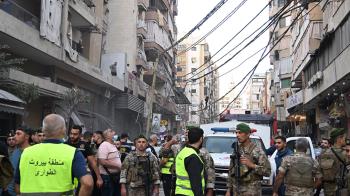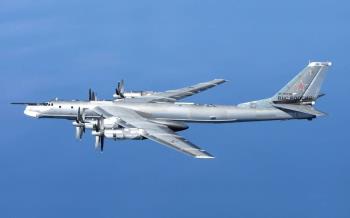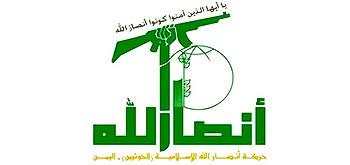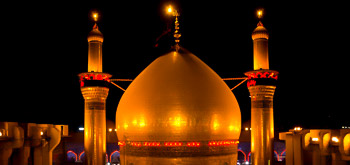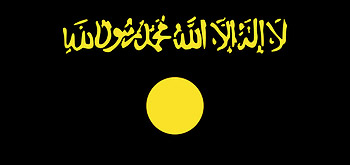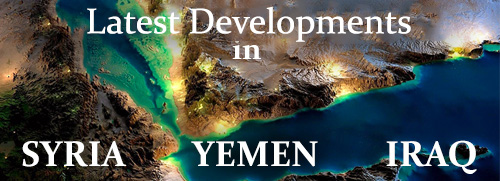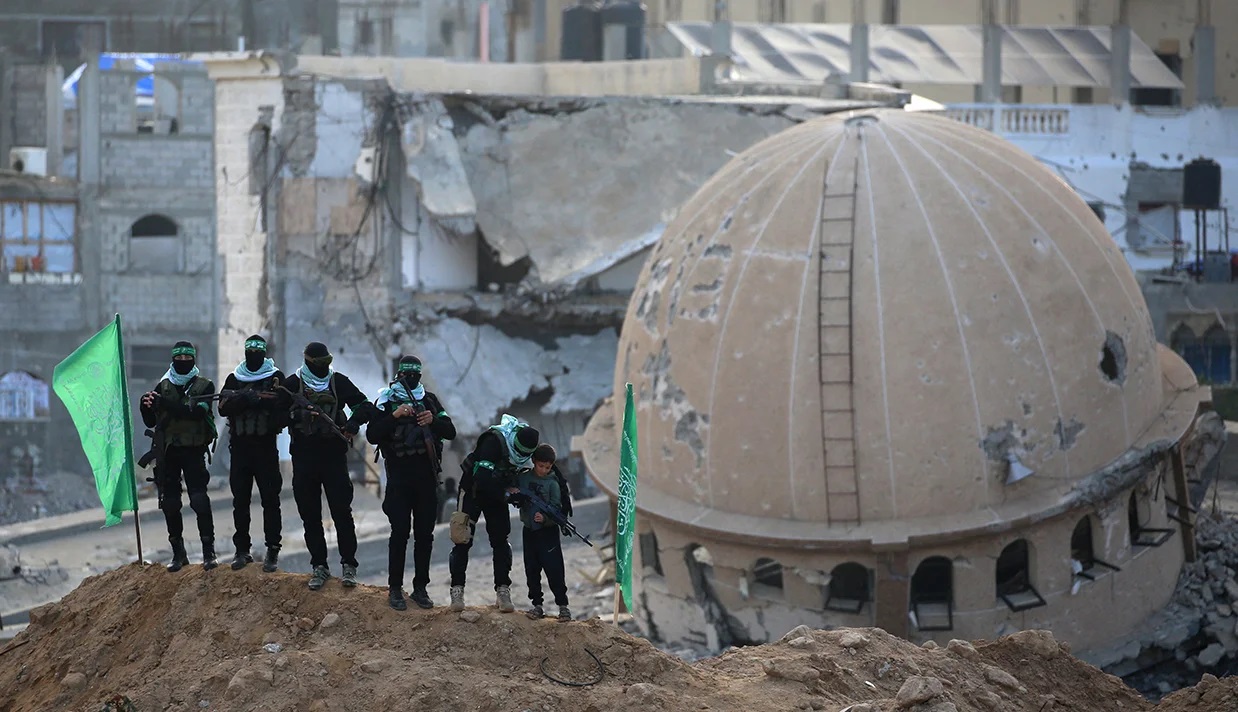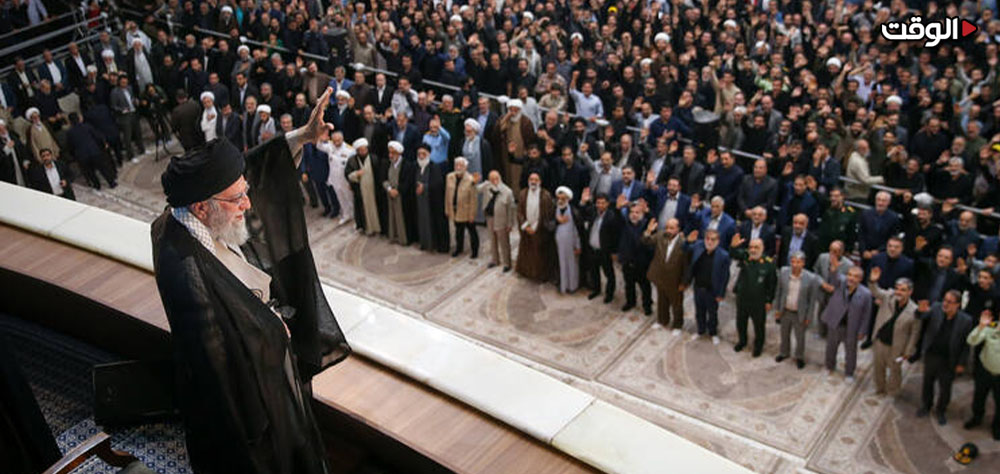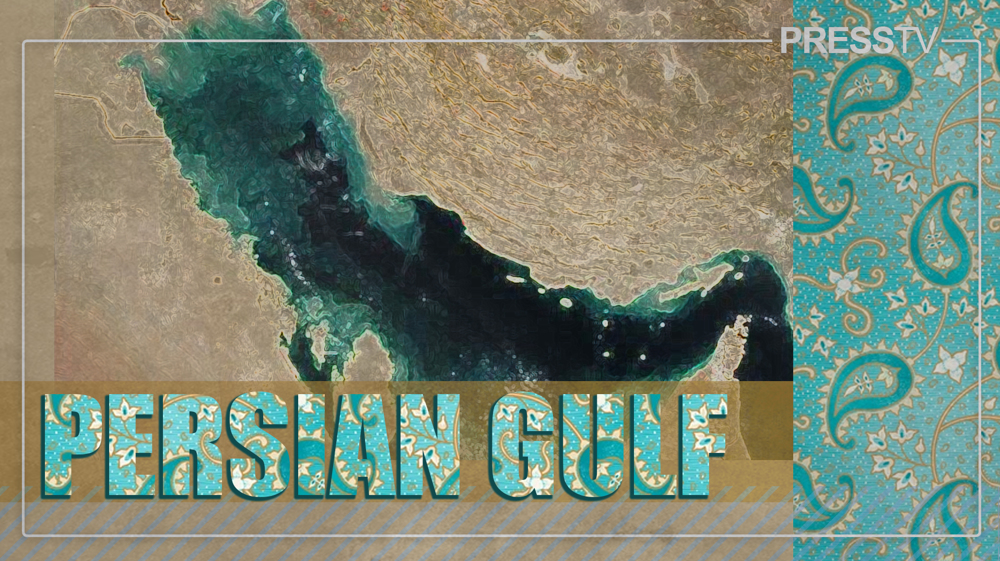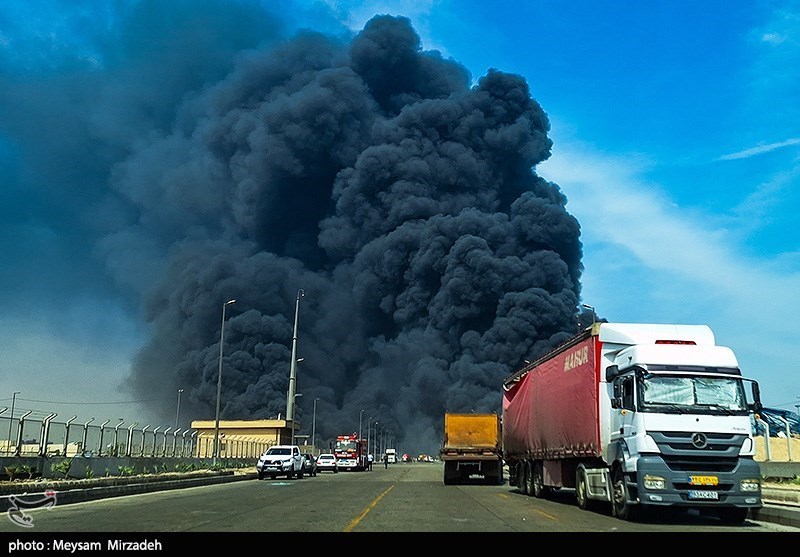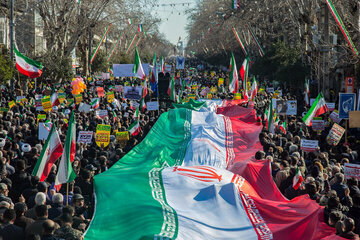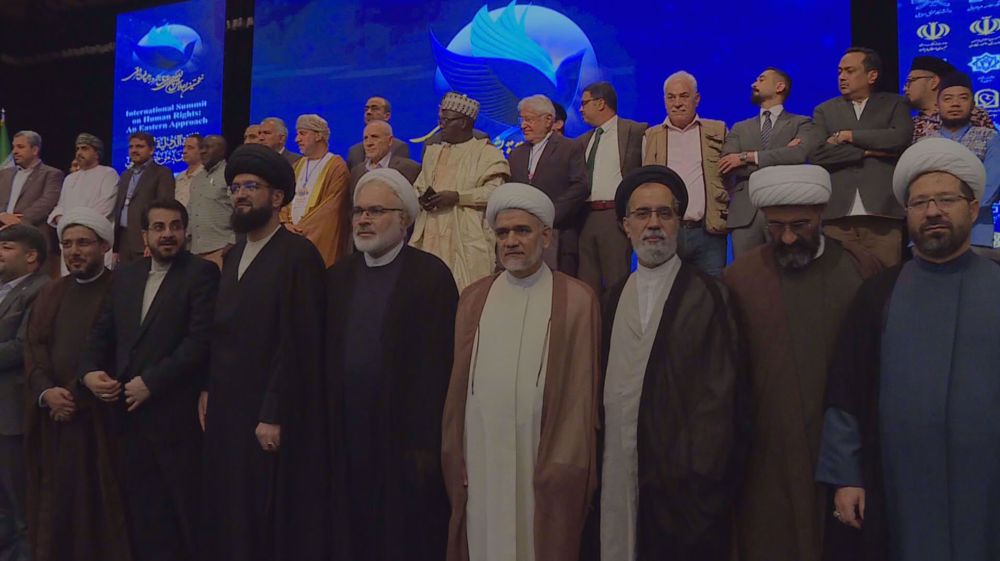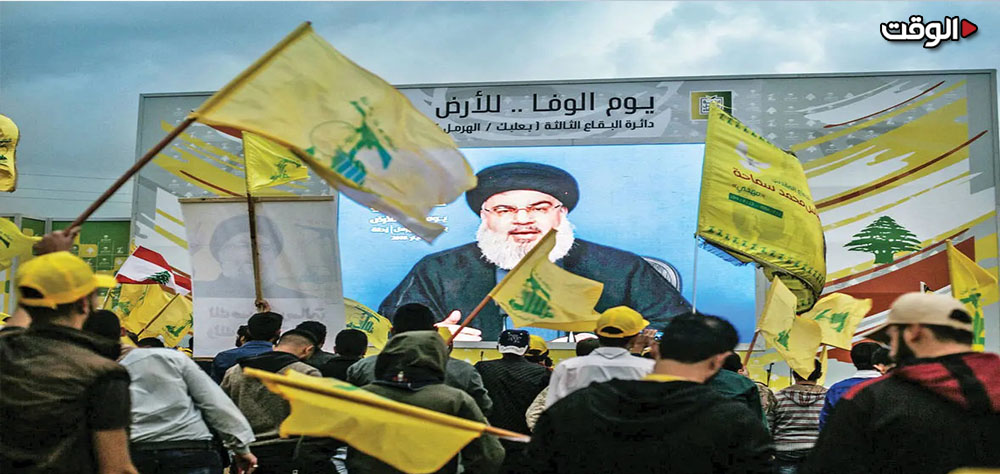Alwaght- With the start of the ceasefire process in Gaza from Friday, a heated debate and speculation started about the way of implementing the terms of the deal, the Israeli commitment to the deal, and most importantly the future of Hamas weapons and role post-war.
The interpretations of the agreement are two: Some call the acceptance of Trump's plan by Hamas resistance movement as an acceptance of full disarming and end of its role in the future of Gaza developments. Others suggest that the US and Israel cannot gain on the paper what they could not gain on the battleground of one of the most barbarous wars in the history.
In the first place, the weapons of Hamas are an issue of highly complicated dimensions, with a large part stream forth outside the narrow space of agreement. Certainly, Washington and Tel Aviv see disarming of Hamas and other resistance factions as a key element in realization of their roadmap for the Gaza future and the whole region.
Netanyahu's interpretation of the agreement points to the dissolution and subsequent disarmament of Hamas. He recently stated that failure to disarm would mean a return to war is on the table.
However, such statements, alongside the regime's extensive record of treachery and bad faith from past truce deals and the resistance's distrust of Trump's sincerity and guarantees, are themselves a primary reason Hamas leaders are motivated to keep their weapons, which they see as the Palestinian people's legitimate right to self-defense.
Under such a suspended agreement, Hamas would be left with no leverage after a hostage release. This, combined with the truce's ambiguous terms, like the clauses on Hamas's disarmament (Articles 1 & 13), Gaza's future government (Articles 9 & 13), and reconstruction (Articles 2, 10 & 11), gives Israel significant room to maneuver and a political cover.
For example, the Israeli regime could claim Hamas is not complying and then resume bombing, restrict aid, or return to its policies of internally and externally displacing Palestinians.
While Article 12 rightly specifies that "no one will be forced to leave Gaza," without a deterrent, the regime could make conditions there so untenable that people would have no choice but to leave if they want to survive.
Articles 15 and 16 specify that the US with Arab and other international partners will create a temporary international force to stabilize Gaza and act as a guarantor. The Israeli occupation forces will also withdraw "according to the standards, milestones, and timeframes related to civilian administration."
However, the precise details of these "standards, milestones, and timeframes" remain unspecified, and reaching an agreement on them will be difficult for the parties, as the Israelis insist on controlling strategic areas along the Philadelphi Corridor and setting up a buffer zone in northern Gaza.
Furthermore, Netanyahu's cabinet could exploit the ambiguity of these terms to its advantage, using the argument that Hamas has failed to meet specific conditions to justify a fresh war.
The internal dynamics of the Israeli war cabinet are also critical. The cabinet has repeatedly stated it will only stop the war once all hostages are returned and Hamas is destroyed, objectives that clearly not achieved in this truce. This was evident when five far-right ministers voted against the ceasefire in the Knesset. Among them was National Security Minister Itamar Ben-Gvir, who called the truce "a deal with Adolf Hitler."
This opposing bloc will undoubtedly issue more threats, and could potentially take action, to oust Netanyahu's government after the first phase, which is a prisoner swap, is implemented.
In reality, while the ceasefire may pave the way for ending the war, there is no guarantee that the subsequent phases outlined in the 20-article plan for Gaza will materialize.
The moment hostages are released, Hamas will effectively lose its primary diplomatic leverage. If it disarms, the fate of Gaza's people will once again be held hostage by Israeli military power and its domestic and international policies.
This ambiguity is also reflected in the statements of resistance leaders. A Hamas official told Reuters that its leaders are well aware their gamble could backfire, fearing Israel will resume its military operation after hostages are freed, just as it did after the January ceasefire.
Two Hamas officials told Reuters that the movement has not received any official, written guarantees backed by specific enforcement mechanisms, relying only on verbal assurances from the US and mediators—Egypt, Qatar, and Turkey.
The emphasis by Hamas leaders on taking a gamble, coupled with the absence of credible guarantees to curb Netanyahu after a hostage release, demonstrates that the resistance's insistence on retaining its weapons is a calculated position, taken with a clear awareness of its strategic red lines.
The statements of Mousa Abu Marzouk, a senior member of Hamas, confirm this position. Abu Marzouk told Al Jazeera: "Our Palestinian people need real support in the face of the Israeli occupation's genocidal policies. Netanyahu's talk about destroying Hamas's military capabilities is for domestic consumption. No one would dare to strip the Palestinian people of their weapons, which are a legal and legitimate option under occupation."
Furthermore, many prominent Israeli figures themselves admit to the reality that the ceasefire agreement cannot disarm Hamas. For instance, Yitzhak Brick, a retired general from the Israeli army, admitted in an interview with the Israel's i24 News that the army failed to defeat Hamas and could not use force to free the prisoners. He stated that Israel has lost global support and cannot cope with the threats it faces.
"The war is over, and Hamas will never be disarmed. Hezbollah will also rearm, even if it sustained a powerful blow," Brick added.
This scenario of failure mirrors the earlier experience with US and Israeli efforts to exploit the clause on Hezbollah's disarmament in the February ceasefire agreement to dismantle the resistance movement in Lebanon. While the Israeli regime has shown it is unwilling to fully implement its own commitments, with sporadic violations of Lebanese airspace and its failure to withdraw from 5 points in southern Lebanon breaching the truce, Hezbollah has likewise refused to disarmed. Furthermore, there is no power on the ground capable of enforcing this American-Israeli plan.
Another critical issue is the outlook of governance in Gaza after the war and Hamas’s position in its subsequent developments. In this regard, just contrary to the demands of Trump under his 20-point plan for entrusting the administration pg Gaza to a US-led foreign committee, the resistance factions have refused such a term. Hamas, Islamic Jihad, and The People Front for Liberation of Palestine on Friday stated that they reject any foreign mandate on Gaza, asserting that administration of Gaza will be purely Palestinian.
The three movements in a joint statement said: "We emphasize the rejection of any foreign mandate and confirm that determination of the type of government in Gaza Strip and the principles of its institutions will be a domestic Palestinian issue that will be concluded jointly by the popular factions of our nation."
Since maintaining its armed capabilities at this critical juncture is a higher priority than clinging to political control for Hamas, its immediate objective is therefore to work with other Palestinian factions, mainly Fatah and the Palestinian Authority, to ensure Palestinians themselves lead future Gaza administration. In this path, Hamas's crucial currency for retaining influence is its significant popular support and deep-rooted presence among Gaza's population. So, the future of Gaza is inextricably interwoven with a powerful survival of the resistance.

